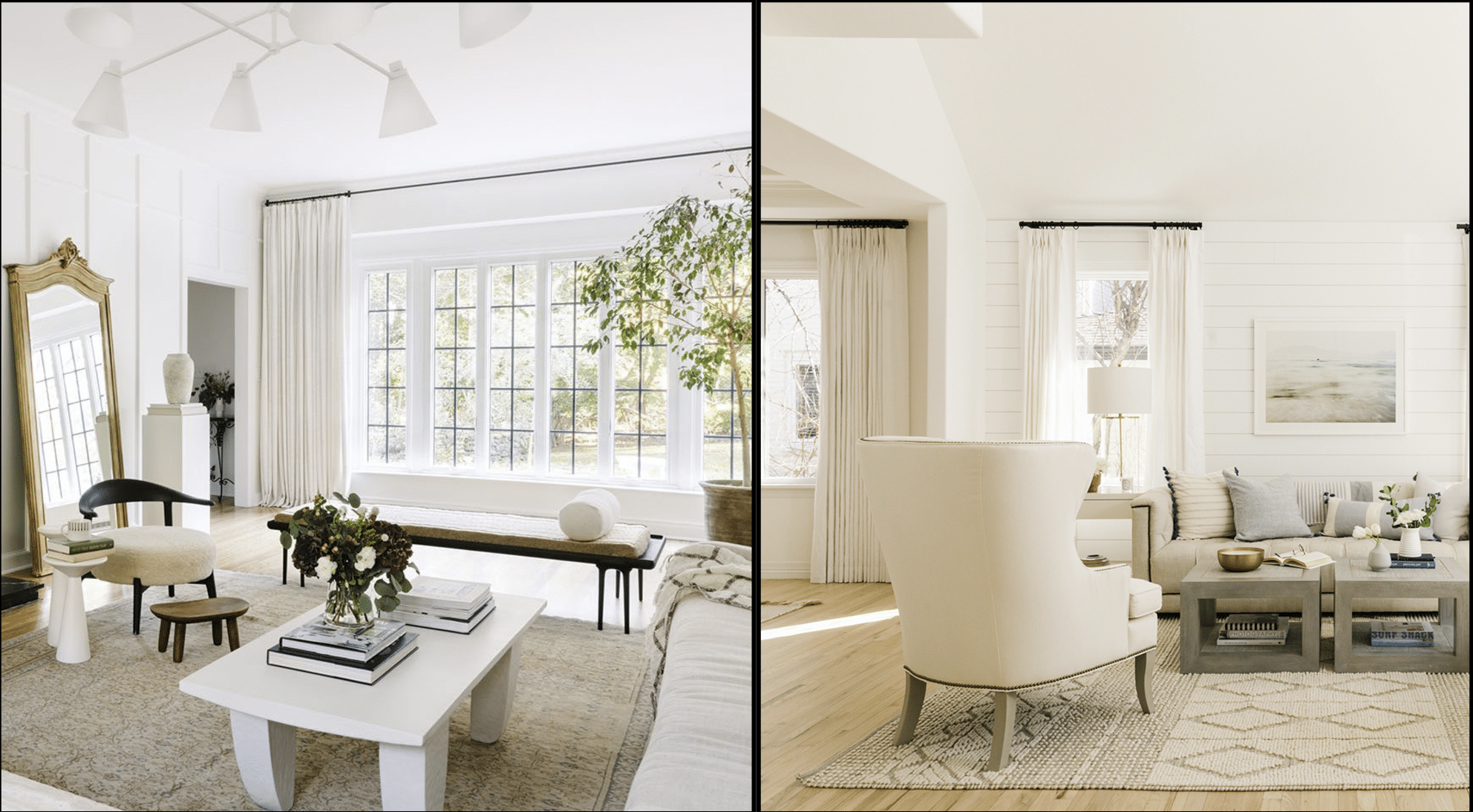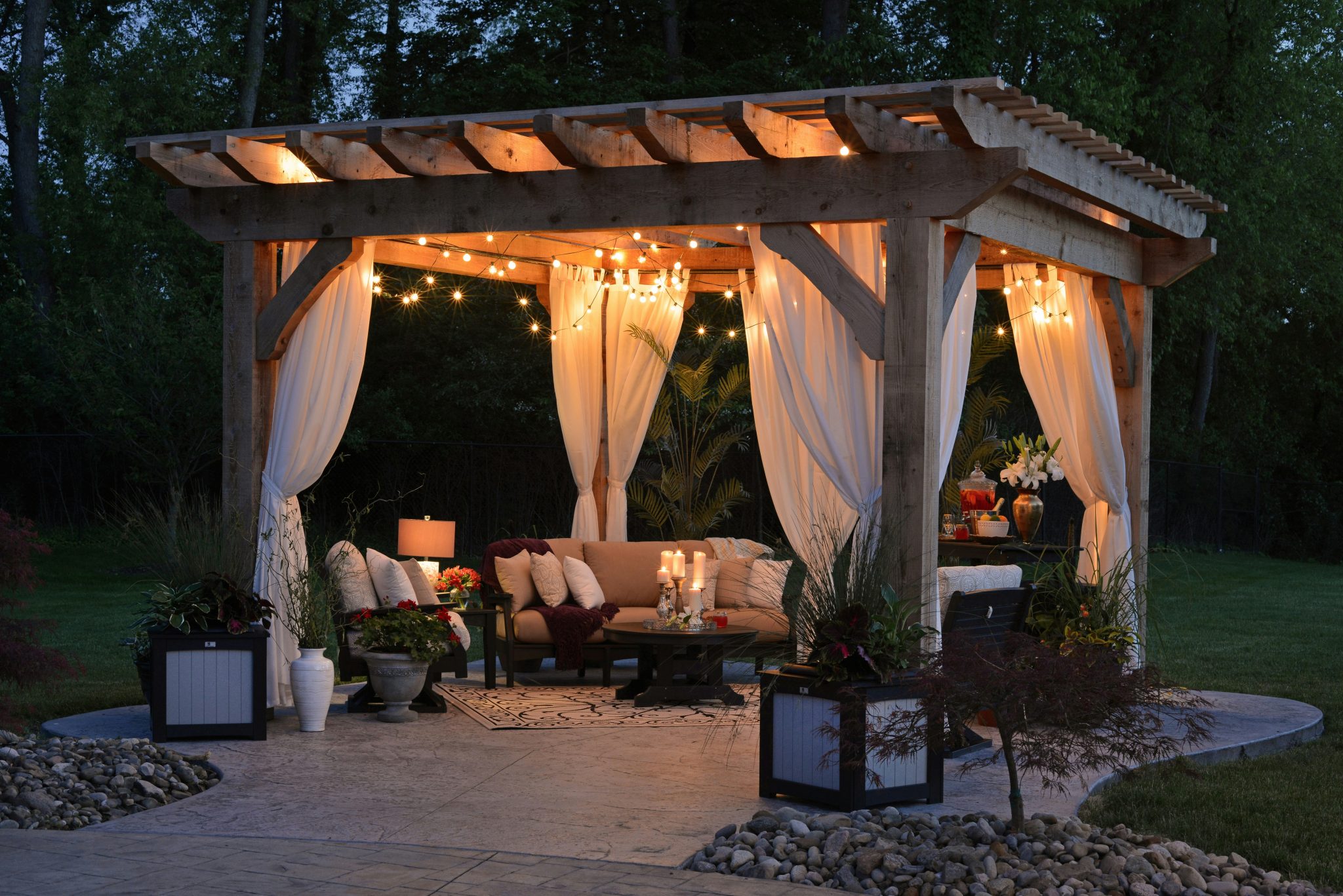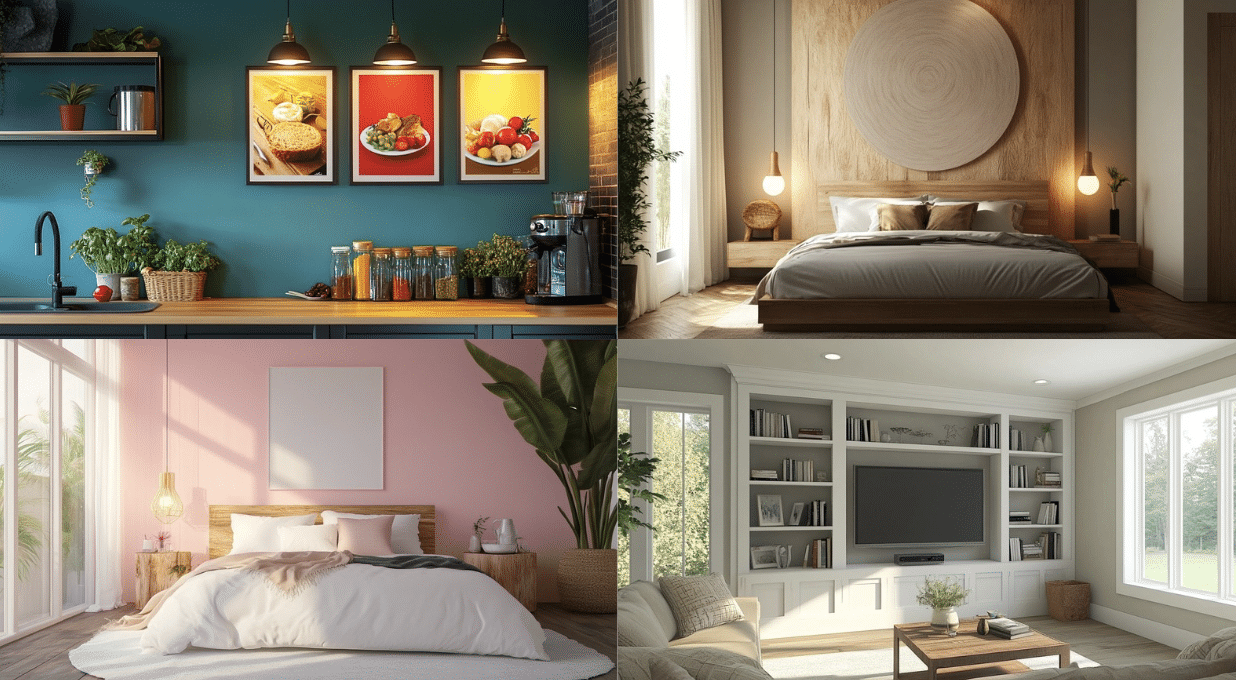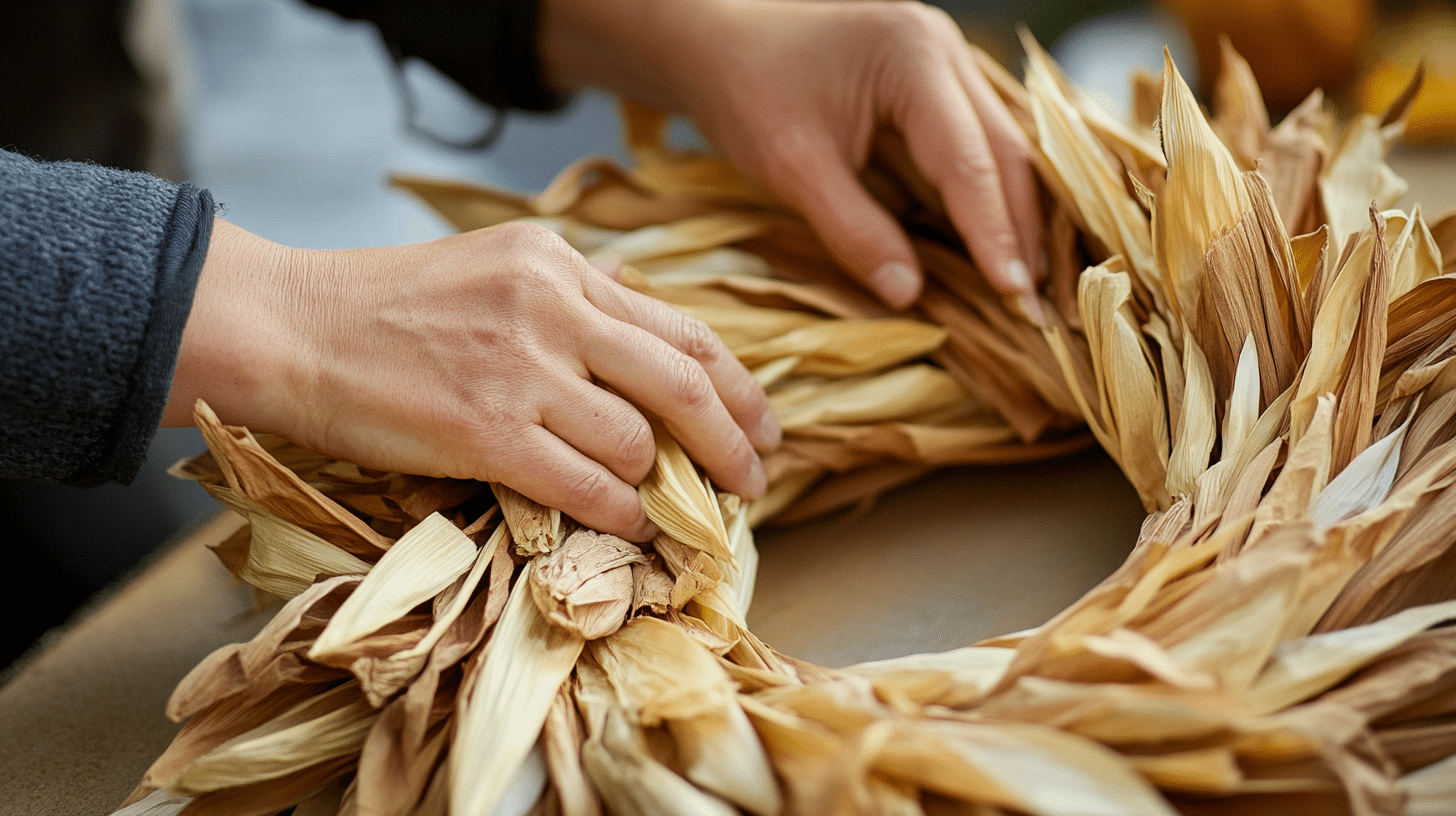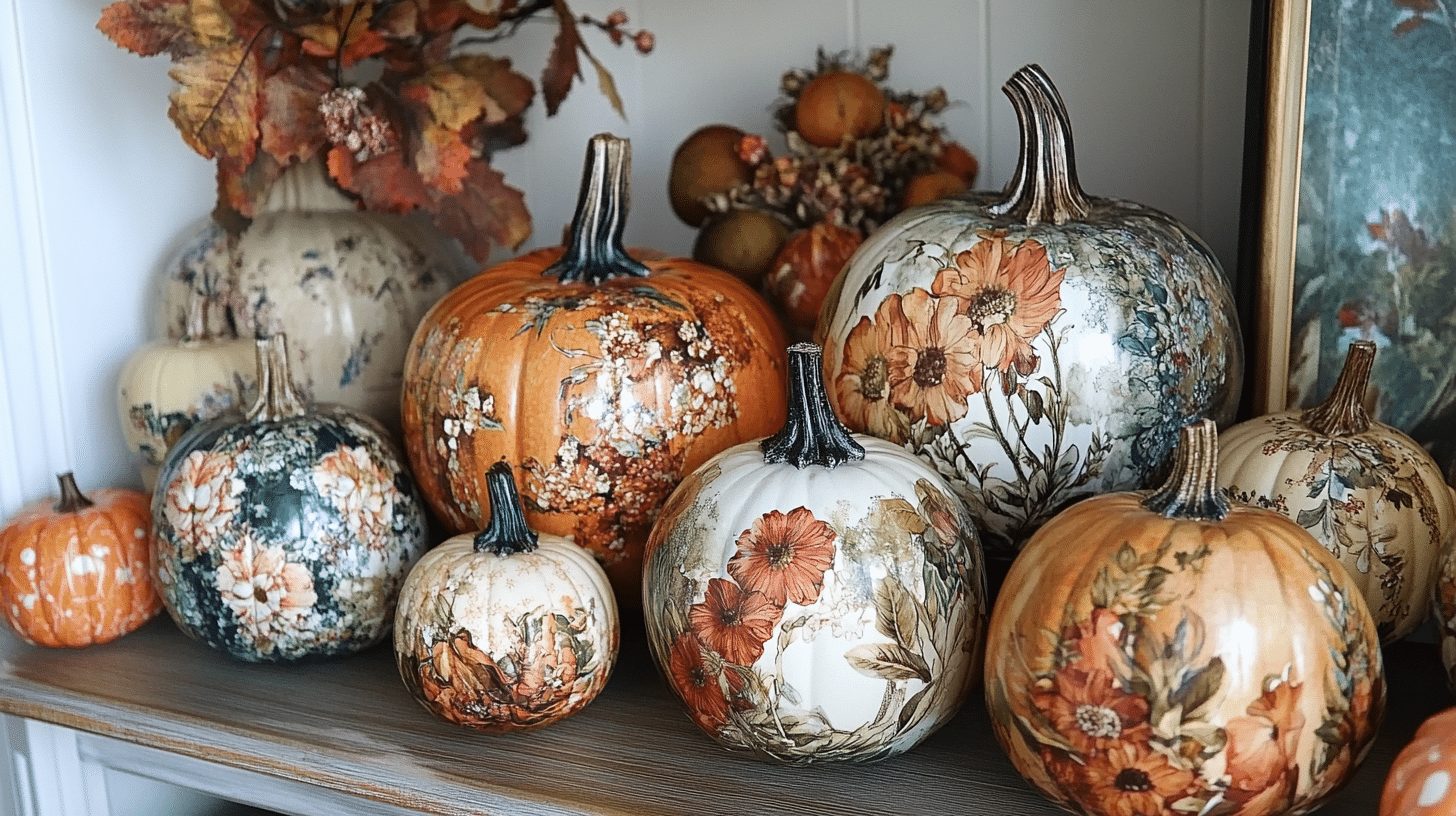Simply White and White Dove: The Ultimate Comparison
So, you want to know the difference between Simply White and White Dove? You’re not alone. These Benjamin Moore whites stand among the most chosen paint colors, each with a devoted following.
Just ask any group of homeowners about White Dove – you’ll hear plenty of praise.
Here’s the thing: all whites are not created equal. Each carries unique traits that can make or break your space. Some lean warm, others cool. Some brighten rooms, while others add subtle depth.
Your choice between Simply White and White Dove could be between a fresh, bright space and a cozy, settled one.
In this guide, I’ll explain how these two popular whites compare, helping you choose the perfect shade for your home.
Simply White: The Bright, Warm Choice

What Makes Simply White Special?
Simply White is one of Benjamin Moore’s brightest whites, offering a clean look with gentle warmth.
Its Light Reflectance Value sits at 89.5, placing it among the brightest options in their collection. This high LRV means your space will feel open and full of light.
The Secret Behind Its Warmth
The paint’s main feature is soft yellow undertones, with subtle hints of green beneath. These undertones aren’t obvious when you first look at the wall. Instead, they work quietly to keep the whites from feeling cold or harsh. The result is a white that feels fresh yet welcoming.
Where Simply White Works Best
Simply White performs best in south-facing rooms where natural light flows freely. It creates magic on kitchen walls and cabinets, bringing a fresh feel to cooking spaces.
The paint also excels as trim in modern homes, offering clean lines that frame your space beautifully. Living areas lit by plenty of windows benefit from its light-reflecting qualities.
When to Think Twice
Some spaces require extra consideration before choosing Simply White. North-facing rooms might pull out more yellow than you’d like, and areas with limited natural light can make the warm undertones more noticeable.
Testing the paint in your specific space helps ensure it matches your vision. Watch how it changes from morning to evening to understand how it will truly look in your home.
White Dove: The Versatile Off-White

What Makes White Dove Difference
t White Dove offers a gentle, warm off-white that soothes any space it touches. With a Light Reflectance Value of 83.16, it sits slightly deeper than brighter whites. This lower LRV creates a soft, settled feeling that many find comforting in their homes.
Understanding Its Unique Color Base
White Dove brings a special mix of undertones to your walls. Its greige base adds a touch of sophistication, helping it stay neutral in changing light. Unlike stark whites, this paint color feels settled and grounded, making spaces feel lived-in rather than stark.
Perfect Spaces for White Dove
The White Dove shows its strength across many spaces in your home. It works well in rooms with less natural light, as its warmer base prevents the shadowy, cold feeling some whites can create.
The paint fits beautifully in traditional homes, where its soft nature enhances architectural details. It provides the perfect backdrop for blue and sandy tones in coastal settings.
Light and Time Effects This paint adapts well throughout the day. Morning light brings out its warmth, while evening light softens its appearance.
White Dove maintains its welcoming presence in artificial light without shifting too dramatically. The paint’s balanced undertones help it stay true to its nature across various lighting conditions.
Key Differences Between Simply White and White Dove
Basic Comparison Simply White brings a crisp, bright look to your walls, while White Dove offers a softer, more settled presence. Simply White reflects more light with its higher LRV of 89.5, compared to White Dove’s 83.16. This small difference matters when you see them on your walls.
Understanding Undertones Simply White carries yellow undertones that add warmth to spaces. These become more noticeable in certain lights, making rooms feel sunny and bright.
White Dove, with its greige undertones, stays more neutral. It won’t shift as much throughout the day, making it more predictable in different lighting conditions.
How Light Changes Each Color
Morning light makes White look fresh and bright, while evening light can bring out its warmer side.
White Dove stays more consistent, though it might appear slightly grayer in dim conditions.
Artificial lighting affects them differently, too – Simply White can look more yellow, while White Dove maintains its neutral stance.
Paint and Room Style Matching
| Feature | Simply White | White Dove |
|---|---|---|
| Brightness | Very bright (LRV 89.5) | Soft bright (LRV 83.16) |
| Main Undertone | Yellow | Greige |
| Best Natural Light | Strong, direct | Any lighting |
| Room Direction | South-facing | Any direction |
| Design Style | Modern, Fresh | Traditional, Coastal |
| Best Uses | Trim, bright rooms | Versatile, whole house |
| Artificial Light | Can yellow | Stays neutral |
Making Your Choice
Your room’s lighting plays the biggest role in choosing between these whites. For spaces filled with natural light, Simply White creates a fresh, modern feel. Rooms with less light often benefit from White Dove’s more forgiving nature.
Consider your home’s style, too – modern spaces often suit Simply White’s crispness, while traditional or coastal homes often work better with White Dove’s softer presence.
Pros and Cons of Benjamin Moore Whites
The Detailed Breakdown
| Aspect | Simply White | White Dove |
|---|---|---|
| Best Features |
• Bright, clean appearance • Strong light reflection • Fresh, modern look • Perfect for trim work • Makes spaces feel larger |
• Adapts to many settings • Stable neutral base • Works with most styles • Good for whole-house use • Reliable in various lights |
| Limitations |
• Shows yellow in dim light • Less forgiving in shadows • Can look stark in bright sun • Needs good lighting • Shows undertones more readily |
• Might look gray in shadows • Less bright than pure whites • Can seem dull in dark corners • Might feel too soft for modern spaces • Shows age more quickly |
Understanding Performance
Simply White brings brightness but needs careful consideration. In well-lit spaces create the open, airy feeling many homeowners seek. However, areas with poor lighting might not show its best qualities.
The paint tends to reveal its yellow side in dim conditions, which might not suit every space.
White Dove offers more flexibility but comes with its considerations. This paint handles different lighting conditions well, making it a safe choice for most homes.
Yet, in darker areas, it might not provide the bright lift some rooms need. Its softer nature means it won’t always give the crisp look modern designs sometimes require.
Making Your Decision
When choosing between these whites, consider your space’s natural light. Simply White works best in rooms with plenty of windows and good lighting throughout the day.
White Dove proves more forgiving, working well across various conditions, though it might not provide the same bright pop as its counterpart.
Conclusion
Choosing between Simply White and White Dove comes down to understanding your space. Both colors offer unique qualities that shine in different settings.
Simply White creates bright, open spaces when paired with good lighting, while White Dove adapts smoothly across various conditions.
Remember the basics when choosing: check your room’s natural light, consider your home’s style, and test your desired color at different times of day.
Simply White might work best in your sun-filled kitchen, while White Dove could be perfect for your whole house.
Paint colors shape how we feel in our homes. White Dove and Simply White each bring their character to a room. Choosing between them will help create your desired atmosphere, turning your vision into reality.

